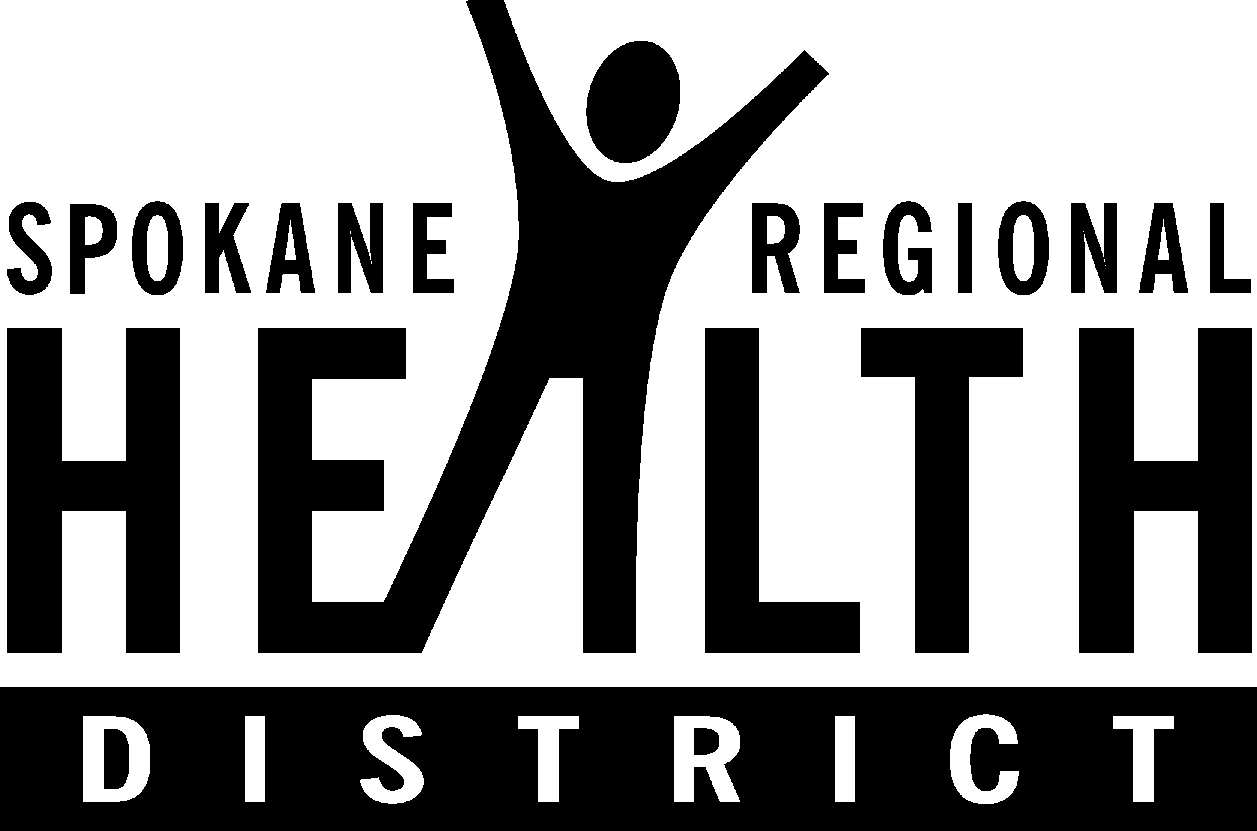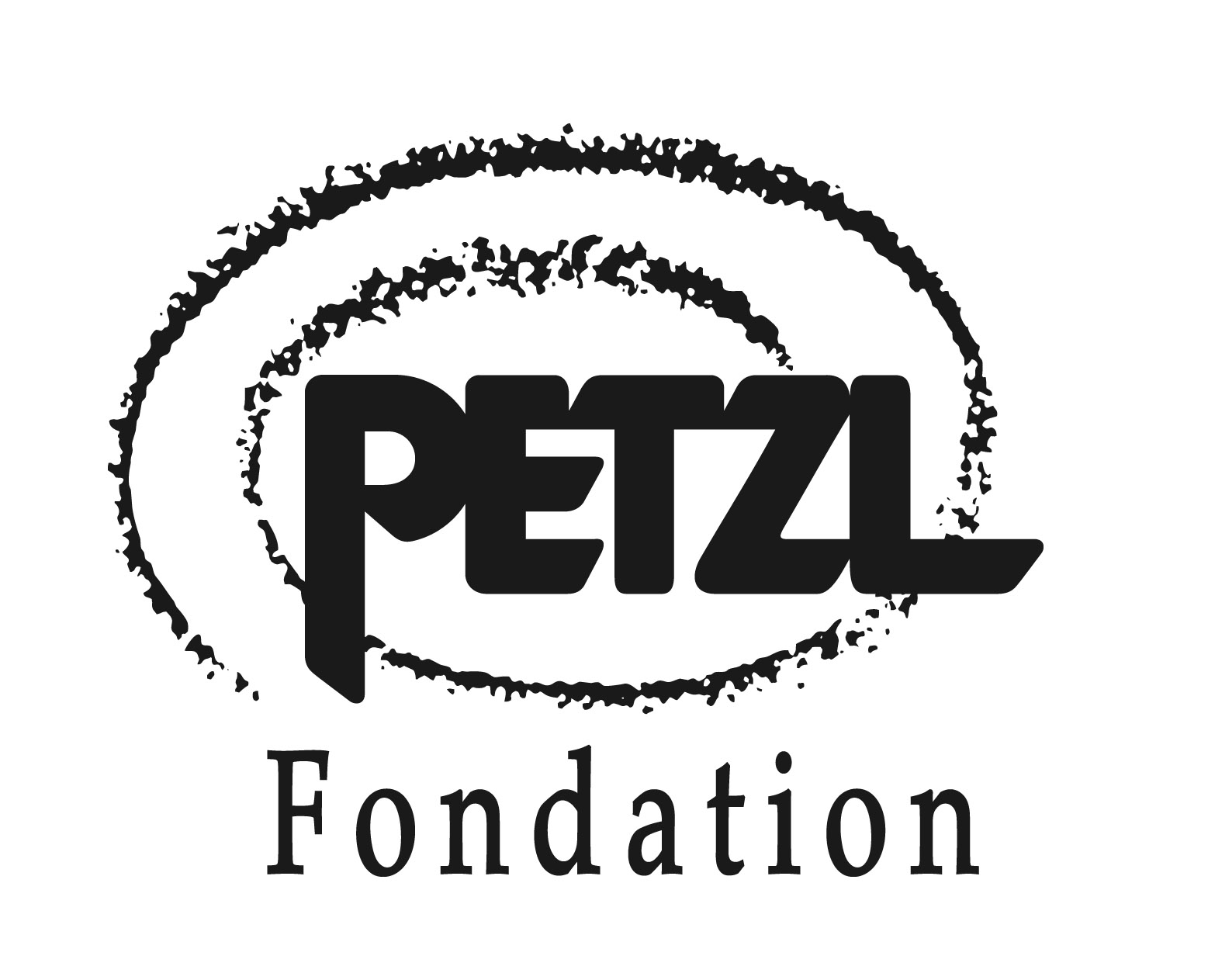REACHING THE MOST MARGINALIZED AND VULNERABLE CHILDREN WHAT WORKS
13TH ANNUAL FEDERAL EMERGENCY MANAGEMENT HIGHER EDUCATION CONFERENCE “REACHING2 TEACHING ALL STUDENTS REACHING ALL LEARNERS TIP SHEET
CHECKLIST REACHING OUT TO EARN PARTNER SUPPORT NOTES 1
CREATING CLEAR PRINT (DDA) REACHING THE BLIND AND
EQUITY AND ACCOUNTABILITY IS MATERNAL AND CHILD HEALTH REACHING
EXAMPLE TACTICS FOR REACHING TARGET AUDIENCES LOCAL ACTIVITY AND
REACHING THE MOST MARGINALIZED AND VULNERABLE CHILDREN: WHAT WORKS
REACHING THE MOST MARGINALIZED AND VULNERABLE CHILDREN: WHAT WORKS
Maryam Farzanegan, Ph.D.
Contact
Maryam Farzanegan
Project Officer
UNICEF Innocenti Research Centre
Piazza
S.S. Annunziata #12
Florence50122,
Italy
Telephone +39-055-2033-353
Email address [email protected]
ABSTRACT
Background
Severe
disparities in child mortality, morbidity and malnutrition exist
between rich and poor countries and between communities within each
country. This presentation will focus on the 10-20% of most
marginalized children who slip through the safety nets and are
repeatedly left out. They are subject to multiple deprivations and at
risk of death by preventable diseases. For example, in Indonesia,
under 5 mortality is four times higher in the poorest fifth of the
population than in the richest fifth. (Victora, Lancet 2003). In
Australia, infant mortality rate among aboriginals is as much as 3
times higher than the overall rate (UNICEF, IRC, 2003). Although
reaching these children may require considerably more time and
resources, it is one of the key elements in fulfilment of
international commitments.
Objectives
1.
Identify problems that the most marginalized and vulnerable children
have in common.
2. Determine causes of why they remain deprived
of health services.
3. Analyse instructive practices. Examine
successful programs: what works.
4. Determine critical factors
in policy and program development that ensure effectiveness and
sustainability.
5. Derive implications for policy and practice.
Methods
The
study is a result of collaborative work of UNICEF Innocenti Research
Centre with UNICEF New York and Field Offices. Methodology includes
literature review, field visits, structured interviews with policy
makers, practitioners and researchers.
Implications
for policy and practice
Make the poorest and most vulnerable children a high priority; engage in long-term program development and implementation (narrowly-defined objectives for service delivery and outreach programmes can serve as important entry points for longer term ! efforts); collect disaggregated data at district and community levels with respect to the most underserved groups; monitor for equity and revise programs accordingly; improve access to basic services by establishing safety nets for the poorest groups; facilitate greater community participation, strengthen local capacity by using participatory approaches; and include explicit follow-up plans including staffing and training of community health workers.
HARD TO REACH LEARNERS WHAT WORKS IN REACHING AND
HOW TO PREVENT THE NEGATIVE EFFECTS OF OVERREACHING AND
L ONG BEACH WRAP “WINNERS REACHING AMAZING POTENTIAL”
Tags: children who, vulnerable children, children, works, vulnerable, marginalized, reaching
- the Conventional Autopsy Still has an Important Role in
- CALIFORNIA DEPARTMENT OF EDUCATION SCHOOL FACILITIES AND TRANSPORTATION SERVICES
- DOCUMENTO DE USO INTERNO DEPARTAMENTO DE ENFERMERÍA PROPUESTA DE
- KATEGORIJE KOJIMA SE MOŽE DATI ZEKAT ] BOSANSKI –
- CONTOH SURAT PERNYATAAN KOP SURAT PERUSAHAANINSTANSI BILA ADA SURAT
- AMPARO DIRECTO EN REVISIÓN 6842007 AMPARO DIRECTO EN REVISIÓN
- TESIS DE ODONTOLOGIA REALIZADAS DESDE 20072012 TITULO ESCUELA FECHA
- UNION EUROPEA FONDO SOCIAL EUROPEO INVIERTE EN TU FUTURO
- „SZOFTVERREL EGYSZERŰBB” GYÁRTÁSTERVEZÉS GYÁRTÁSI FOLYAMATÁBRA FMEA CONTROL PLAN
- MODULISTICA COMPARTO PUBBLICI ESERCIZI DOC DI RIFERIMENTO MQ SEZ7
- 795093DOC3622 STANDARD ERROR PURPOSE USUALLY WE HAVE TO
- Aalborg Firmaidræt Lerumbakken 11 – 9400 Nørresundby – tlf
- UNIVERSIDAD POLITÉCNICA DE MADRID SOLICITUD PARA PARTICIPAR EN UN
- FORMULARI DE COMUNICACIÓ SOBRE LA GESTIÓ DE RESIDUS D’EQUIPS
- TEISININKO IŠAIŠKINIMAS ATLYGINIMŲ MOKĖJIMO TVARKA EKONOMINĖS KRIZĖS METU LIETUVOS
- PREELECTORAL ELECCIONES AUTONÓMICAS 2003 (CA DE MADRID)
- ANETA MAKOWSKA PARK KRAJOBRAZOWY WZNIESIEŃ ŁÓDZKICH PARK ZOSTAŁ UTWORZONY
- NEUROSCIENCE GRADUATE PROGRAM ROTATION EVALUATION (MUST BE FILLED BY
- APPLICATION FORM FOR APPROVAL TO USE A PREAPPROVED ERE
- ASSEMBLY NO 3901 STATE OF NEW JERSEY 212TH LEGISLATURE
- MATRICES INVERSAS EN LA TEORÍA DE MATRICES SOLAMENTE CIERTAS
- ORGANIZACIÓN DE LOS ESTADOS AMERICANOS DEPARTAMENTO DE PLANIFICACIÓN Y
- TEMA 8 SISTEMA AXONOMÉTRICO TEMA 8 SISTEMA AXONOMETRICO 1
- CALCULADORA GRÁFICA (TI83 Y TI83 PLUS) EL CÁLCULO DE
- ANNEX NO 3 – BINDING VERSION OF THE PURCHASE
- THE ENTIRE ASPIRAS TEAM LONGS LIKE YOU FOR SUN
- PROGRAMACIÓN APLICANDO METODOLOGÍA MUSE LO QUE VAMOS A COMPARTIR
- CRAVEN ARMS MEDICAL PRACTICE Q1 WHAT IS YOUR GENDER?
- READING MATCHING TRAVEL GUIDES A MARRAKESH MARRAKESH LEAVES YOU
- CRISTINA ELÍAS MÉNDEZ LA TUTELA NO JURISDICCIONAL DE LA
 GRADO 6 LENGUAJE EXPLORA EL MUNDO A TRAVÉS DE
GRADO 6 LENGUAJE EXPLORA EL MUNDO A TRAVÉS DESPOLEČENSTVÍ VLASTNÍKŮ JEDNOTEK V SBD TĚŠÍŇAN V SOULADU SE
 LFA REPORT ANTITERRORISM [INSERT NAME OF PR] [INSERT COUNTRY]
LFA REPORT ANTITERRORISM [INSERT NAME OF PR] [INSERT COUNTRY] CAHIER DES CLAUSES TECHNIQUES PARTICULIÈRES ACQUISITION D’UN LOGICIEL INVENTAIRE
CAHIER DES CLAUSES TECHNIQUES PARTICULIÈRES ACQUISITION D’UN LOGICIEL INVENTAIRE ACADEMIC RESOURCE CENTER TUFTS UNIVERSITY HOW TO WRITE AN
ACADEMIC RESOURCE CENTER TUFTS UNIVERSITY HOW TO WRITE ANPROTECTION AND PERMANENCY TRANSMITTAL LETTER PPTL 0807 TO SERVICE
FACT SHEET –POOL BLANKETS SWIMMING POOLS ARE A LARGE
 ASSETS IN PLACE GROWTH OPPORTUNITIES AND IPO RETURNS KEE
ASSETS IN PLACE GROWTH OPPORTUNITIES AND IPO RETURNS KEE H EALTH ALERT DATE JULY 6 2015 FROM SPOKANE
H EALTH ALERT DATE JULY 6 2015 FROM SPOKANE THE IMPACT OF GLOBALISATION AND LIBERALISATION ON AGRICULTURE AND
THE IMPACT OF GLOBALISATION AND LIBERALISATION ON AGRICULTURE ANDGARANTÍA DE VICIOS OCULTOS PARA CONTRATOS DE OBRA PÚBLICA
MIKEL AIZPURU EUSKADI IRRATIAN 2011223 ASTEAZKENA GOIZEKO 0916TIK 0932RA
TRAPPIST1 Y SU SISTEMA PLANETARIO HACEN MAS PROBABLES LOS
 ANSØGNING OM TILLADELSE TIL ETABLERING AF BEPLANTET FILTERANLÆG MED
ANSØGNING OM TILLADELSE TIL ETABLERING AF BEPLANTET FILTERANLÆG MED SMERNICE ZDRAVEGA PREHRANJEVANJA ZA ŠTUDENTE Z JEDILNIKI (SUBVENCIONIRANA ŠTUDENTSKA
SMERNICE ZDRAVEGA PREHRANJEVANJA ZA ŠTUDENTE Z JEDILNIKI (SUBVENCIONIRANA ŠTUDENTSKANOTIFICAÇÃO INCORPORAÇÃO DE SOCIEDADE EM OUTRA SOCIEDADE COM
LA SITUACION SANITARIA EN LA COMUNIDAD DE MADRID BALANCE
 ADOBE CAPTIVATETOMEETDEMAND SUNDAY MARCH 06 2022 SLIDE 3
ADOBE CAPTIVATETOMEETDEMAND SUNDAY MARCH 06 2022 SLIDE 3  FUNDING APPLICATION FORM CONSERVATION OF THE ENVIRONMENT
FUNDING APPLICATION FORM CONSERVATION OF THE ENVIRONMENT  I DENTIFY DATA WORK SHEET PART 1 USE YOUR
I DENTIFY DATA WORK SHEET PART 1 USE YOUR